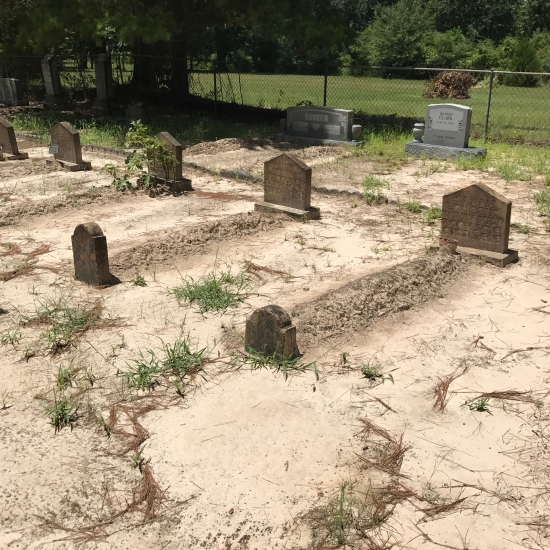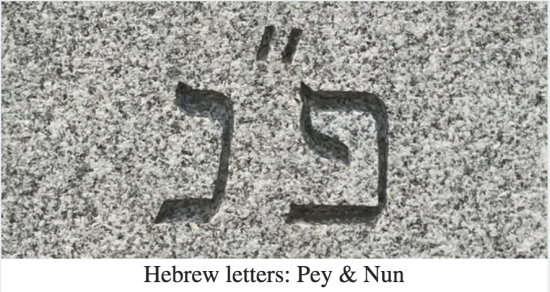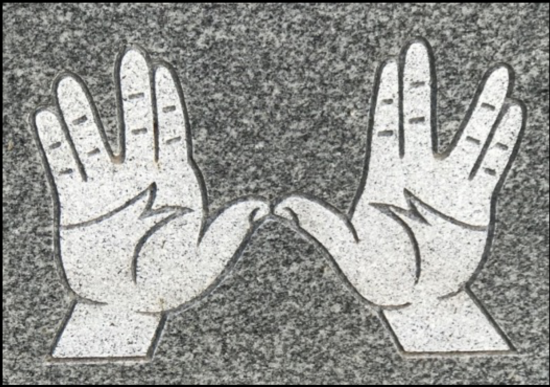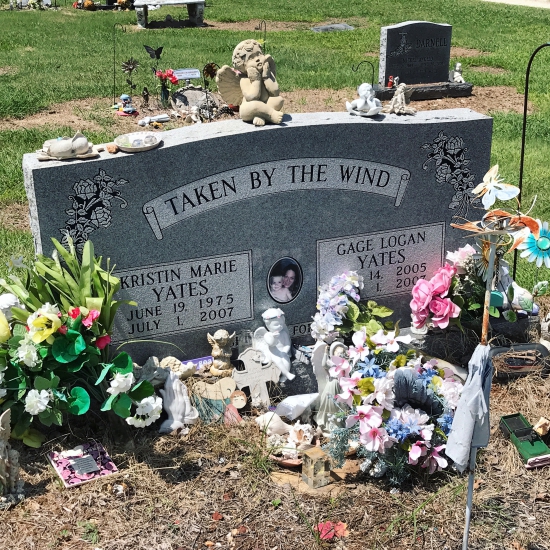Understanding Cemetery Symbols by Tui Snider [The following is an adapted excerpt from my book, Understanding Cemetery Symbols. I hope you enjoy it! Also, full disclosure: that’s an Amazon affiliate link. If you buy my book after clicking it, I make a few pennies at no additional cost to you.] Lotus flower: an Ancient Egyptian symbol The lotus flower, also known as the water lily, is an important ancient Egyptian symbol.Since the lotus blooms during the day but closes at night, it symbolized the cycle of life and death. Egyptian columns are often topped with a lotus leaf, as you can…
Tag: names
Understanding Cemetery Symbols by Tui Snider [The following is an adapted excerpt from my book, Understanding Cemetery Symbols. I hope you enjoy it! Also, full disclosure: that’s an Amazon affiliate link. If you buy my book after clicking it, I make a few pennies at no additional cost to you.] Scraped Graveyards used to be common Lush green lawns are such a common feature of today’s burial grounds that if you could travel back in time to the 1800’s for a graveyard tour through the rural South, you might be in for a shock. Back then, many graveyards were kept free of…
Understanding Cemetery Symbols by Tui Snider [The following is an adapted excerpt from my book, Understanding Cemetery Symbols. I hope you enjoy it! Also, full disclosure: that’s an Amazon affiliate link. If you buy my book after clicking it, I make a few pennies at no additional cost to you.] What does RIP stand for? In Christian cemeteries, it’s fairly common to see the acronym “RIP” on headstones. Although we tend to think of that as meaning “rest in peace,” it actually stands for “requiescat in pace.” Since that is Latin for “may h/she rest in peace,” it all works out! Do Jewish headstones…
Understanding Cemetery Symbols by Tui Snider [The following is an adapted excerpt from my book, Understanding Cemetery Symbols. I hope you enjoy it! Also, full disclosure: that’s an Amazon affiliate link. If you buy my book after clicking it, I make a few pennies at no additional cost to you.] How did a Victorian Era book influence cemetery symbolism? In 1868, Elizabeth Stuart Phelps published a book entitled The Gates Ajar. Phelps’ book tells the story of a young woman grieving the loss of her brother, a soldier who died in the Civil War. After his death, the main character is unable to…
Understanding Cemetery Symbols by Tui Snider [The following is an adapted excerpt from my book, Understanding Cemetery Symbols. I hope you enjoy it! Also, full disclosure: that’s an Amazon affiliate link. If you buy my book after clicking it, I make a few pennies at no additional cost to you.] Live long and prosper? If you are a Star Trek fan, you may be surprised to see a pair of hands, seemingly giving Commander Spock’s famous “Live long and prosper” gesture, engraved on a headstone. As it happens, Leonard Nimoy, who played Spock in the famous TV show, was Jewish. As…
Understanding Cemetery Symbols by Tui Snider [The following is an adapted excerpt from my book, Understanding Cemetery Symbols. I hope you enjoy it! Also, full disclosure: that’s an Amazon affiliate link. If you buy my book after clicking it, I make a few pennies at no additional cost to you.] What are Grave Goods? When people visit cemeteries, they often leave items at gravesites such as coins, pebbles, seashells, decorations and items called “grave goods.” Two kinds of grave goods Items left at a gravesite that once belonged to the deceased or that are associated with the deceased, are called “grave…





